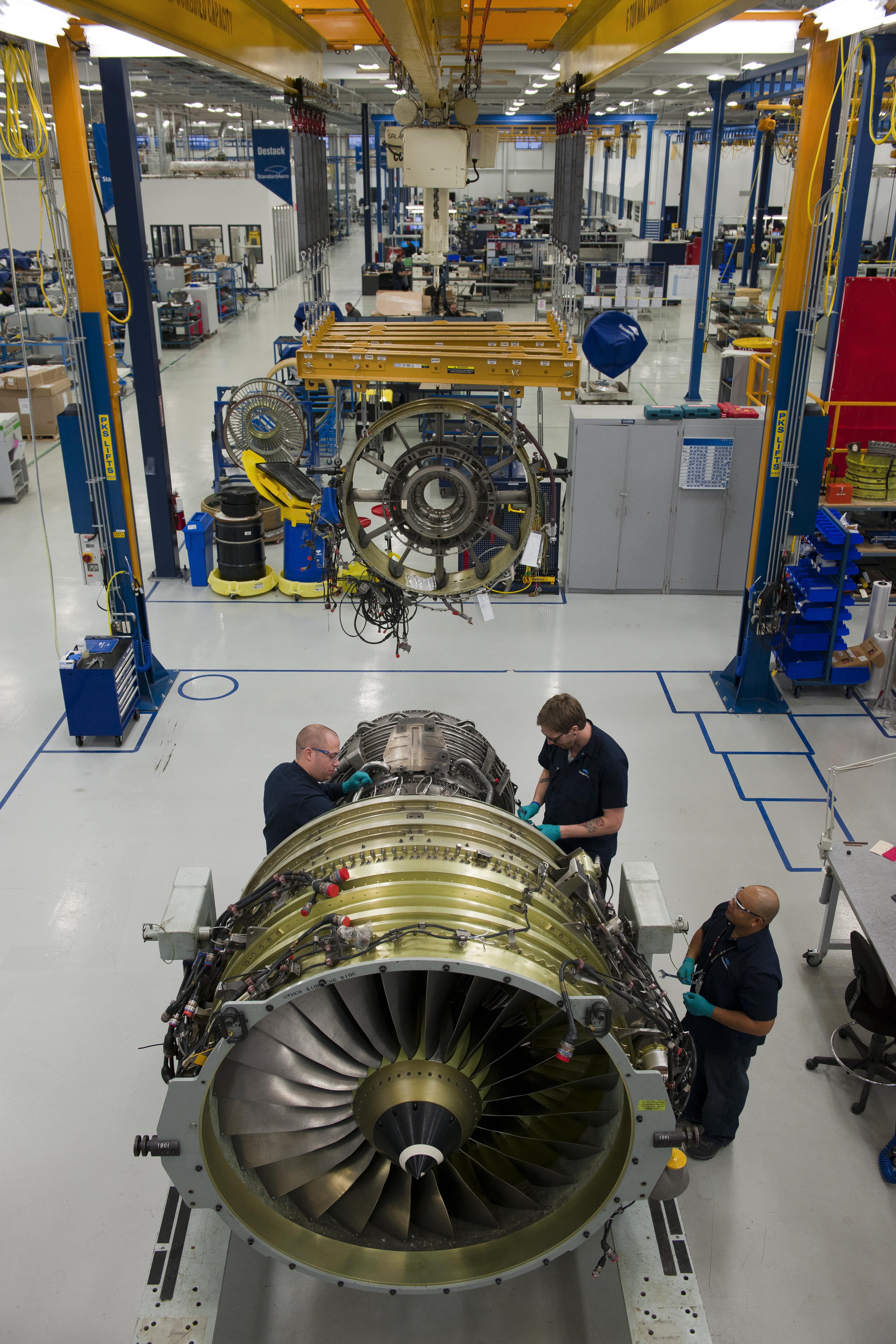
As the COVID-19 pandemic continues to keep global fleets grounded, one MRO reports a significant increase in its engine preservation business.
“We are seeing a higher than normal—possibly a record—number of customer requests for engine storage and preservation, particularly for the CFM56-7B and CF34-3 and -8 lines,” says David Green, vice president & general manager for StandardAero CF34 and CFM56 MRO programs.
Preservation work and storage of those engines is carried out by StandardAero at its Winnipeg, Canada, facility, which is a GE Designated Fulfillment Center for the CFM56-7B, and a GE Aviation Authorized Service Provider for the CF34-3 and -8.
Green says that StandardAero sees sustained demand for its engine preservation services for the next couple of years—the timeline for a reasonable industry recovery estimated by analysts. While the MRO has not added mechanics, it has re-tasked some of its technicians to focus on assistance with its growing engine preservation business.
Engine preservation is predicated on short-term or long-term storage. According to the OEM’s instructions, short-term preservation has a 90-day limit and normally requires about two hours of technician man-hours, says Green. He points out that ensuring that all exposed gears and bearings are oiled and covered is the most critical task.
“This special emphasis is due to the sensitive nature of the unprotected/uncoated surfaces of gears and bearings, which--being bare steel--can be susceptible to corrosion from humidity,” Green notes. “Engine hardware with protective coatings or exotic metals is less susceptible to corrosion at room temperature, and therefore does not require special preservation while in a controlled shop environment.”
Green adds that all engine openings, including open line replaceable units and sumps, must be capped or covered for protection from contamination or foreign object debris (FOD) ingestion. “Covering or capping openings is always a standard practice at StandardAero,” he says.
After 90 days, a visual inspection of any accessible gears, bearings or sumps is undertaken to ensure there is no indication of contamination or corrosion, with re-oiling, if required.
Engines that have gone through an overhaul or certain other major maintenance events at the facility, followed by pass-off testing in the test cell, have qualified for long-term preservation as per the MRO’s standard practices and the engine OEM’s maintenance manuals. This includes the inhibiting of the fuel system, which involves removing fuel to avoid any corrosion risk from water that might be present. The fuel is then replaced with an OEM approved inhibiting oil, using one of three methods—motoring, pressure rig or gravity. Once that is accomplished, the engine can safely remain in long-term storage for up to two years.
If proper preservation procedures are not followed, cautions Green, each engine must be evaluated by GE Aviation for the CF34, or CFM International for the CFM56, to determine the workscope required to return the engine to serviceable condition.





